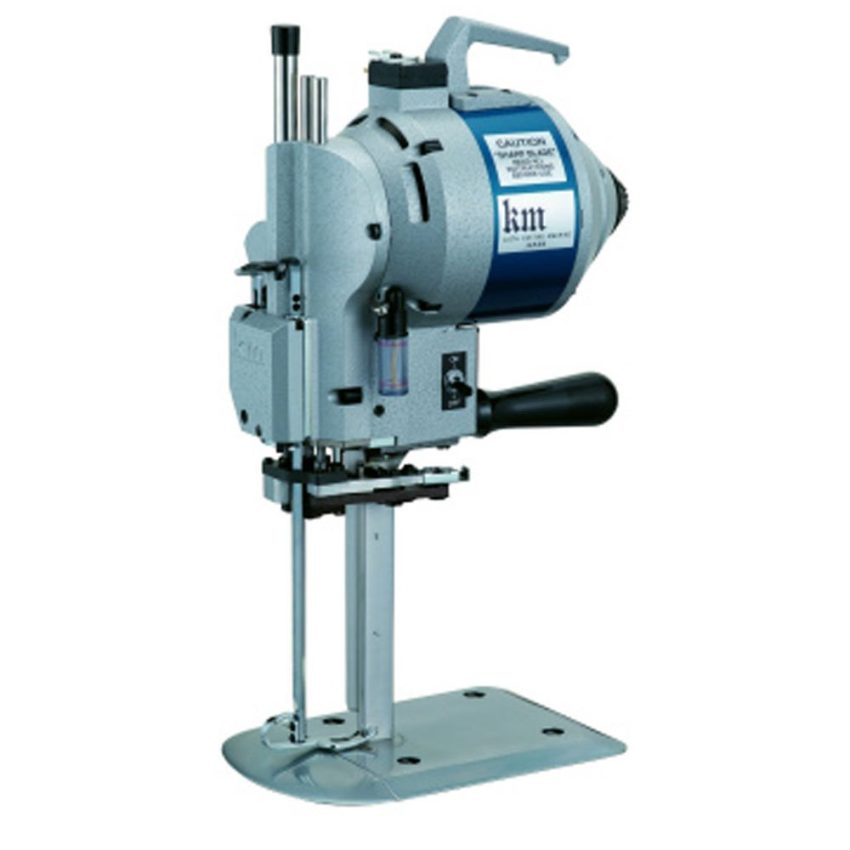Introduction
Steel processing is a demanding industry that requires accuracy, speed, and efficiency. At the center of this process is Cutting equipment which continues to evolve with modern technology. Today, advanced cutting equipment is more than just a tool—it is a driver of innovation in steel fabrication. By incorporating automation, digital controls, and precision systems, cutting equipment enables industries to meet growing demands with greater reliability.
How Cutting Equipment Transforms Steel Processing
Traditional methods of steel cutting were often labor-intensive and less precise. Modern cutting equipment, however, has revolutionized the process by providing clean, accurate, and consistent results. The use of automated and CNC-controlled cutting equipment reduces errors, increases speed, and ensures steel components meet strict quality standards. This transformation has positioned cutting equipment as a vital part of the steel industry’s future.
Benefits of Technology in Cutting Equipment
Technological advancements in cutting equipment bring several benefits. Automation improves productivity by reducing manual labor, while CNC controls guarantee accuracy. Laser and plasma cutting equipment allow fabricators to process even complex shapes with precision. These improvements not only enhance output but also lower costs by minimizing material waste and reducing downtime.
Cutting Equipment for Different Steel Applications
The versatility of cutting equipment is another factor driving its importance in steel processing. Shearing machines are effective for straight cuts, plasma cutters excel in handling thick plates, and laser cutters are ideal for intricate designs. CNC-driven cutting equipment is widely used in industries that demand mass production with uniform results. Each type of cutting equipment contributes to meeting diverse project requirements.
Accuracy and Consistency with Advanced Cutting Equipment
Accuracy is one of the most valuable features of modern cutting equipment. With digital controls and automated systems, cutting equipment ensures that steel components are cut to exact specifications. Consistency is equally important, and reliable cutting equipment guarantees repeatable accuracy across large-scale projects, making it indispensable in industries where precision matters most.
How Cutting Equipment Improves Efficiency
Efficiency is a key driver for industries relying on steel processing. Advanced cutting equipment reduces project turnaround times by speeding up fabrication while maintaining high standards of quality. By eliminating errors and reducing rework, cutting equipment helps companies save both time and resources. This efficiency allows businesses to remain competitive in demanding markets.
Industries That Depend on Cutting Equipment
Numerous industries rely on cutting equipment to meet their operational goals. From construction and automotive to oil and gas, steel projects require precise and reliable tools. Without advanced cutting equipment, industries would struggle to maintain the quality, efficiency, and accuracy needed to meet project demands.
The Future of Cutting Equipment in Steel Processing
As technology continues to advance, cutting equipment will integrate more automation, AI-driven controls, and energy-efficient systems. These innovations will make cutting equipment even more accurate, cost-effective, and sustainable. The steel industry’s future will be shaped by these advancements, ensuring that cutting equipment remains a cornerstone of success.
Conclusion
Technology has placed cutting equipment at the heart of steel processing, driving the industry forward with accuracy, efficiency, and innovation. By combining advanced features with automation, cutting equipment ensures that steel projects are completed to the highest standards. As industries continue to grow and evolve, cutting equipment will remain essential in delivering the precision and reliability required for the future of steel fabrication.
